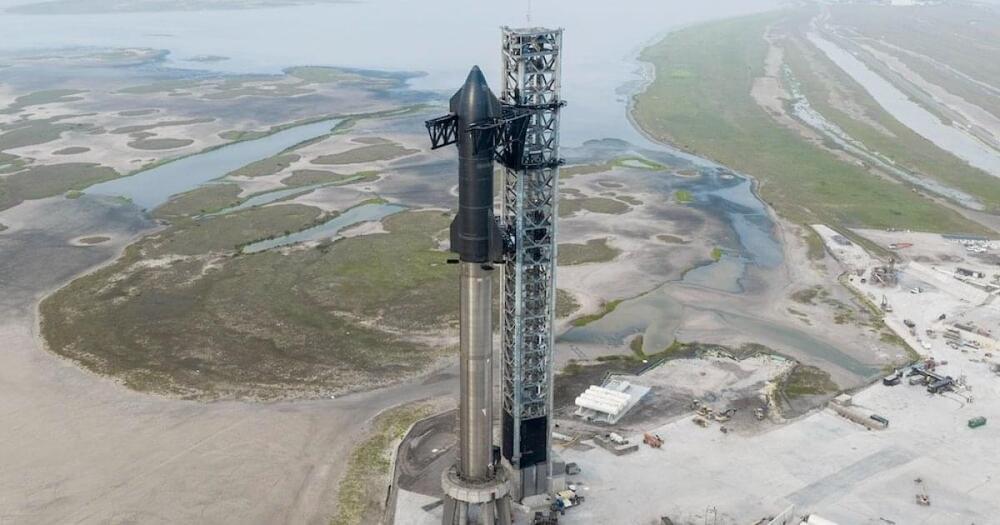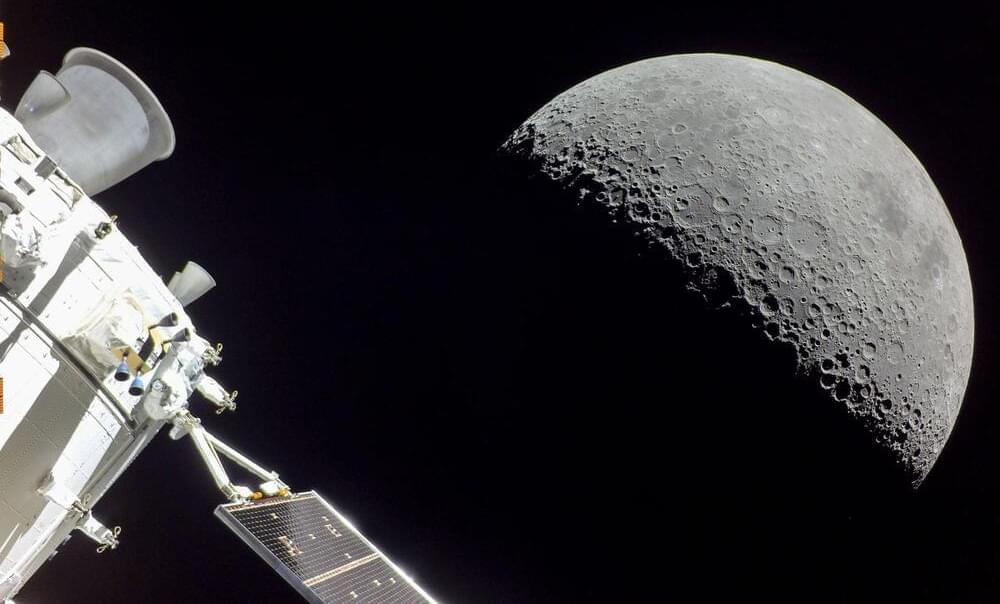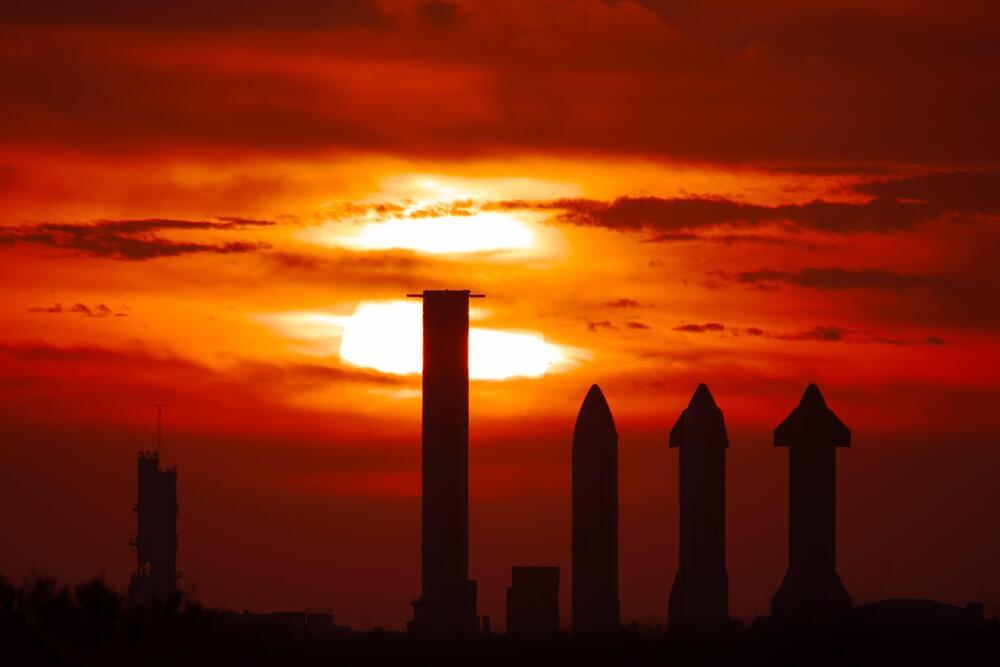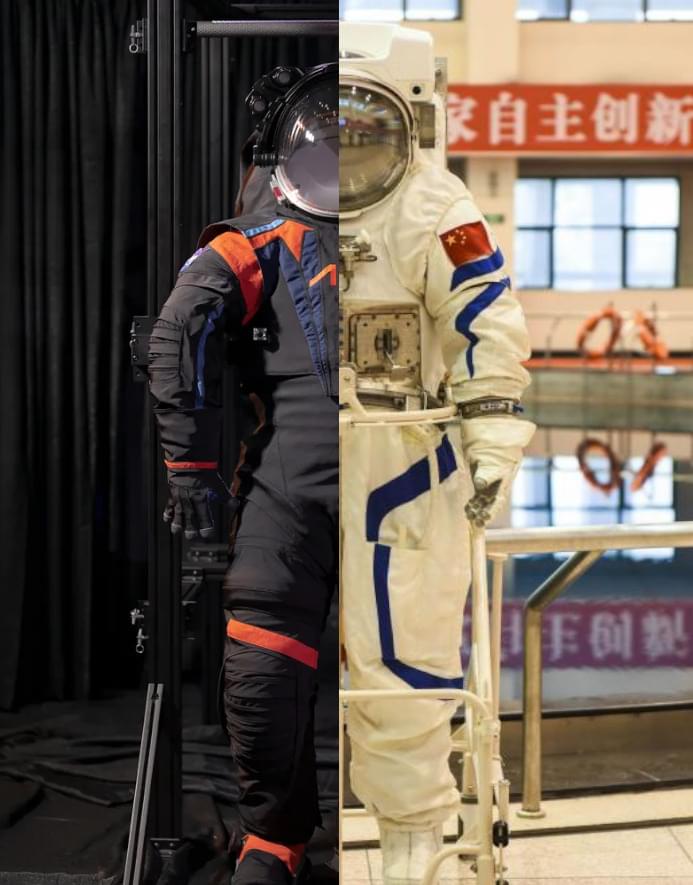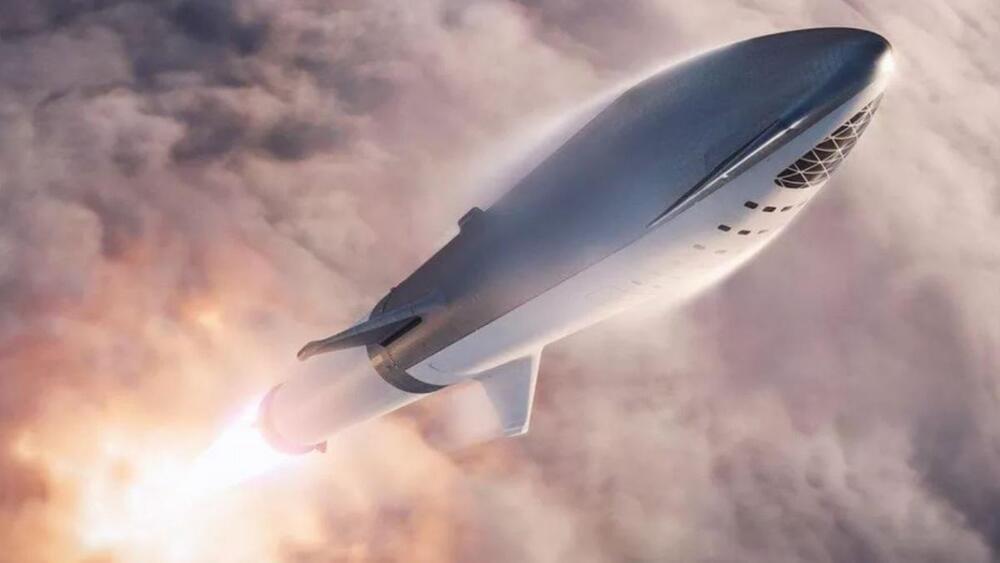China’s future rocket models will make use of the technology developed for recovering rockets, claims report.
China has successfully tested a rocket’s vertical landing in the ocean, laying the groundwork for upcoming space travel and recycling technology.
The Chinese Academy of Sciences (CAS) confirmed that its commercial spaceflight firm, CAS Space, conducted the successful testing on Thursday in Haiyang, East China’s Shandong Province, according to the State-run media Global Times.



